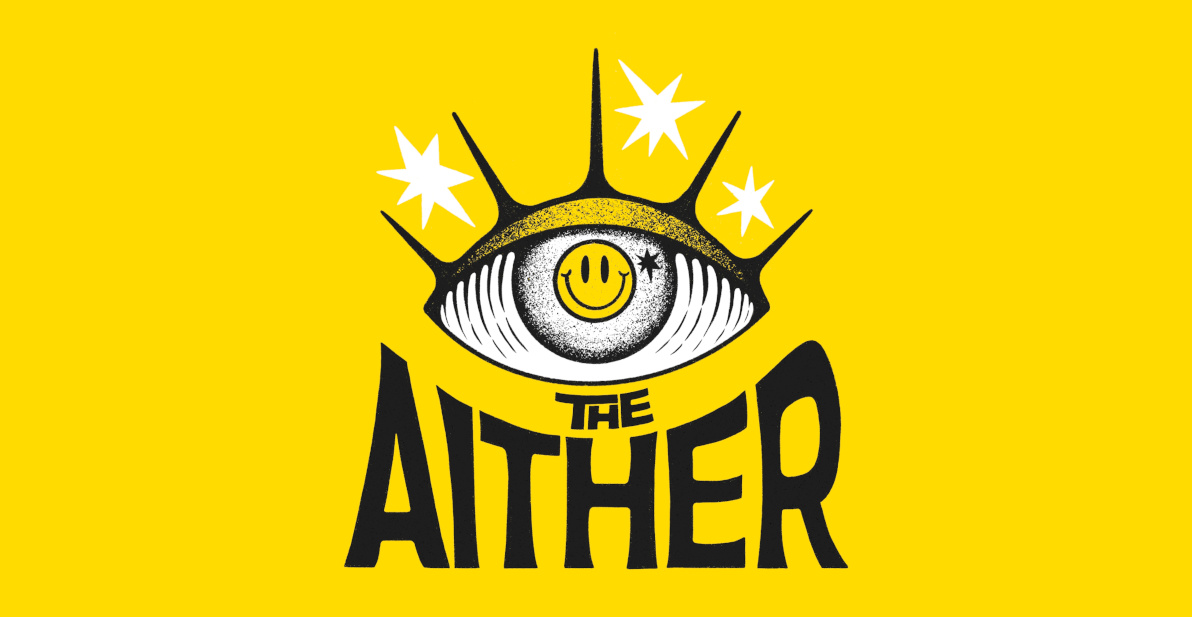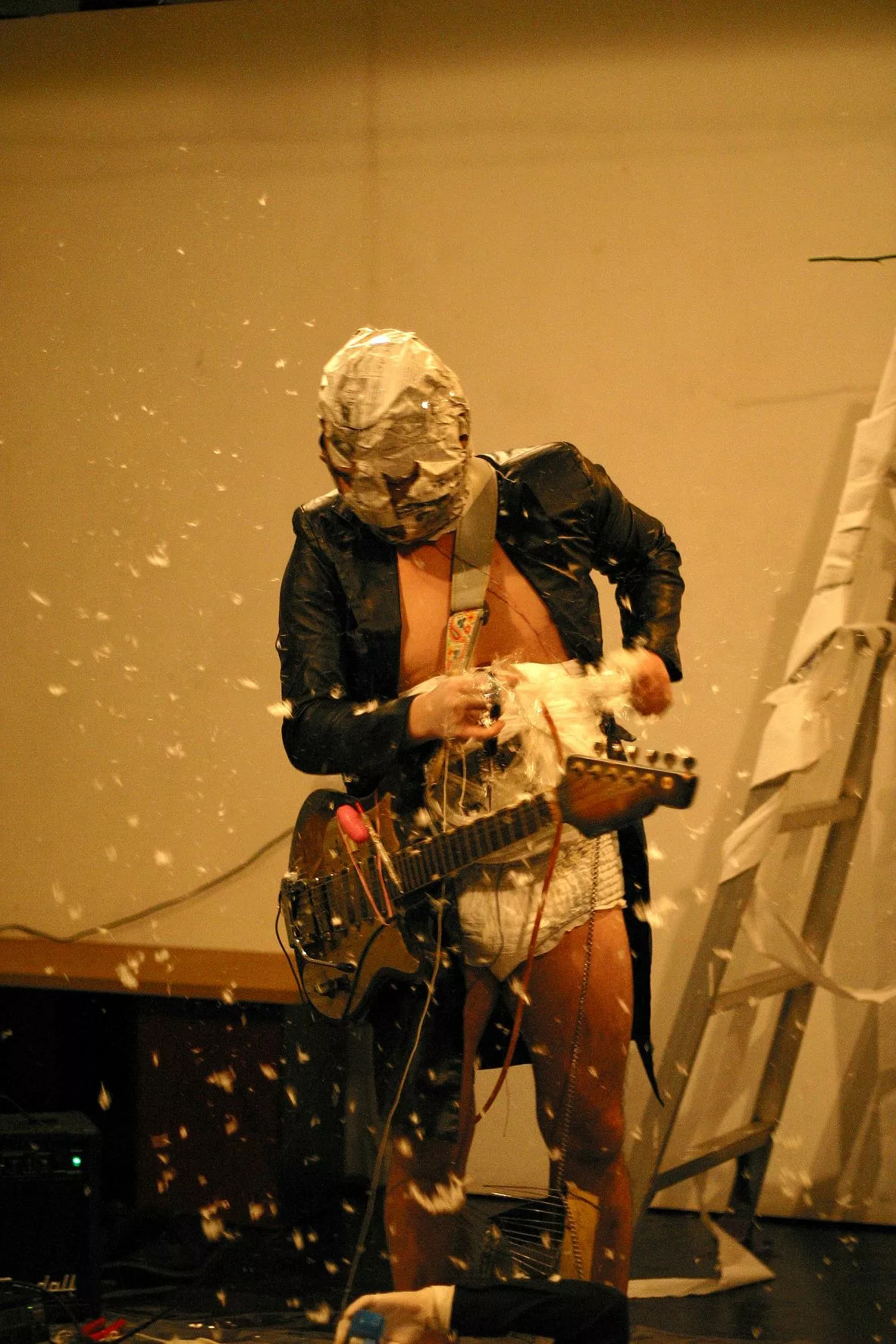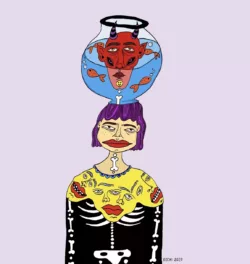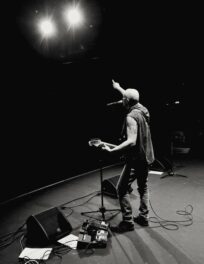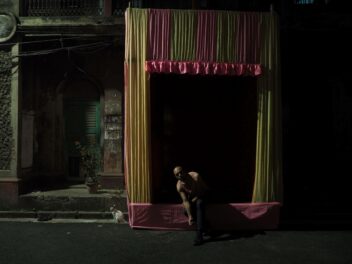Wataru Kasahara was born in Japan during the late 1960’s to an Architect father and a creative mother. A self described “shy, sickly kid,” in his youth Wataru enjoyed creating art and listening to nature; along with dissecting and playing with the corpses of insects and small animals he found in his neighbourhood.
In his teens and early 20s Wataru developed an active interest in narcotics and meditation, whilst also creating some of his earliest artistic and musical experiments – Influenced by Surrealism, the Vienna School of Fantastic Realism, Viennese Actionism, graffiti, psychology and philosophy.
Since then Wataru has spent his life exploring the avant garde in all its permutations – through art, music and performance. With Wataru’s work touching upon themes of abjection, lust, degradation, rebirth and renewal. Like a flower growing from the decomposing corpse of a young girl.
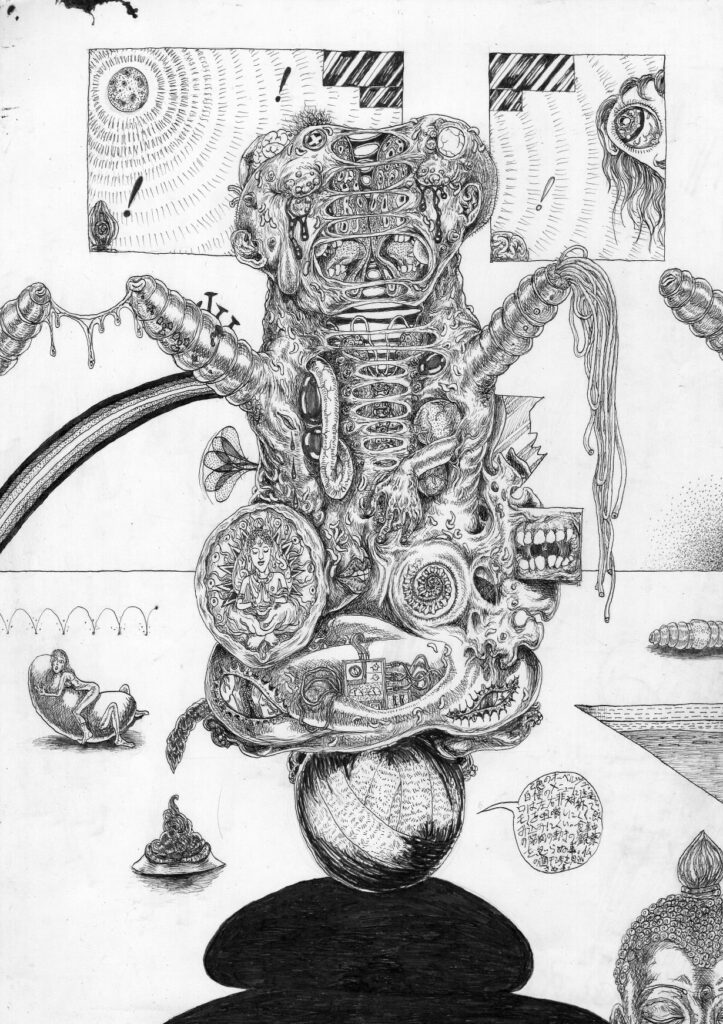
After initially gaining fans in his native Japan, Wataru first gained international exposure in the 2000s, through his work being published by French publishing house Le Dernier Cri. He has been continuing to amaze audiences over the world ever since.
Wanting to get to know him better we sent Wataru some questions to answer over email.
Explore his beautifully strange and wonderful world below…
Getting Acquainted
Name and Date of birth?
Wataru Kasahara.
13th Jan. 1968.
City, State and Country you currently call home?
Miyashiro-city, Saitama, Japan.
City, State and Country you’re from?
Miyashiro-city, Saitama, Japan.
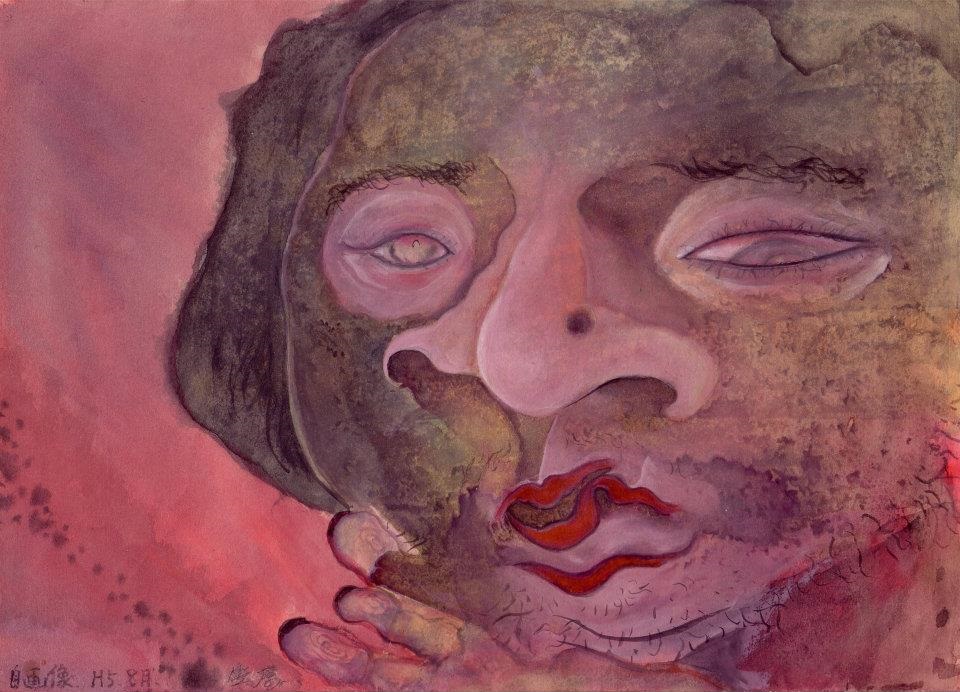
Please describe some memories – such as art, music, comics, friendships, adventures, study, romance, politics, work, crime, religion… anything really – from the stages of your life noted below:
* Your childhood:
I was a shy, sickly kid with no coordination, always drawing pictures and playing with clay.
My mother and I were studying ‘Shigin‘, but I was not yet interested in music, and I was fascinated by the sounds of insects, birds, and animals, the sounds of the wind, the sound of water, and the sound of machines. I think my maternal grandfather was a wiled & elegant man who taught me how to listen to the sounds of birds and insects and the sounds of nature.
At the same time, I watched for hours the maggots swarming on animal carcasses. I was strangely impressed by it. I also killed small animals such as frogs and fish, twisted and cut them, and sandwiched or stabbed beautiful pebbles and flowers into the flesh.
I would thread them together and put them in a bottle and soak them in colored water.
However, after three days, this bottle almost lost its color and became rotten.
This kind of behavior of mine continued to be compulsive, and I suffered from night terrors, autonomic nervous disorder, and my parents were worried.
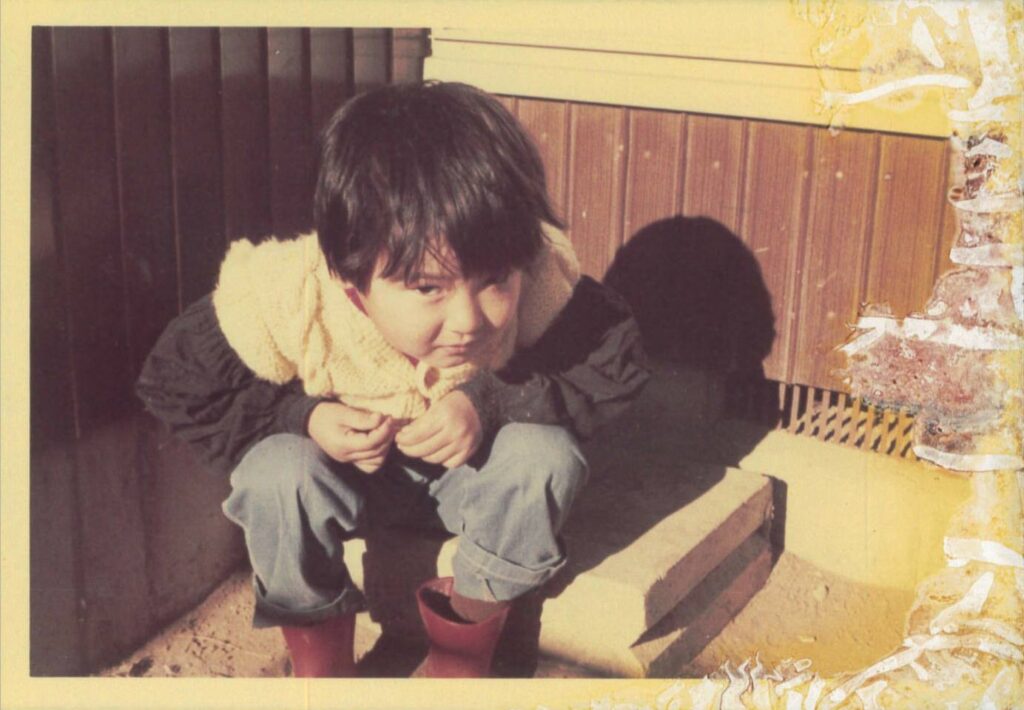
* Your teenage years:
When I turned on the FM radio in the middle of the night in my early teens, there was a strange and intriguing noise. I don’t know whose work it is. But it was a kind of electronic music.
It was a program called “Gendai no Ongaku = Modern Music,” and since then, I’ve been secretly listening to it on Sundays at 11 p.m.
I was originally a movie lover and started collecting film music records. It was mainly the OST of horror films, by Ennio Morricone – My favorite and favorite disc was the Exorcist 2 record.
Around this time, I would drill holes in five or six empty cans with a cone, thread what I had connected with wire with scissors while recording a boombox and pressing the pause button. I put it in and cut it and recorded it on tape and listened to it again by myself, but somehow, this is not something that people can listen to.
There was an assumption.
In middle school, I belonged to the art club and was strongly attracted to Surrealism such as Dali, Hans Bellmer, and Yves Tanguy, as well as the Wiener Schule des Phantastischen Realismus – Rudolf Hausner, Ernst Fuchs, and Erich Brauer.
When I was graduating from junior high school, I was shocked by the Francis Bacon exhibition that I went to for some reason.
At the same time, as I saw in my childhood, the station building and public toilets – The memories of the obscene rakugaki (graffiti) painted on the wall are vividly recalled, and the interest in the strength of the sexual rakugaki is aroused.
This was the epicenter of my creation.
I was also bullied in high school.
I dropped out of high school in two years and started and ended a deep, heartbreaking romance.
This is still reflected as one of the major motif in the work, but I don’t want to talk about it specifically.
Then, while working various part-time jobs, I read books on psychology and philosophy with my friends, and I wondered what the source of human madness was, and where it was. We begins to wonder if there is one, and begins drug intake and meditation experiments.
At this time, I got to know Viennese Actionism (Wiener Aktionismus) and was particularly fascinated by Otto Muehl. Then, influenced by primal Scream Therapy we began musical activities as Therapy. Freeform sessions with loud.
From the age of 17, at night, I begin to suffer from hallucinations of giant shrimp swimming in the air.
I had this hallucination of a large shrimp, We consider this hallucination of shrimp to be “a product of a self-protective psychology created from the conflict between society and the self”, and whether there is anyone other than me who has seen the hallucination of shrimp, Start looking for similarities in books, movies, and paintings from ancient and modern.
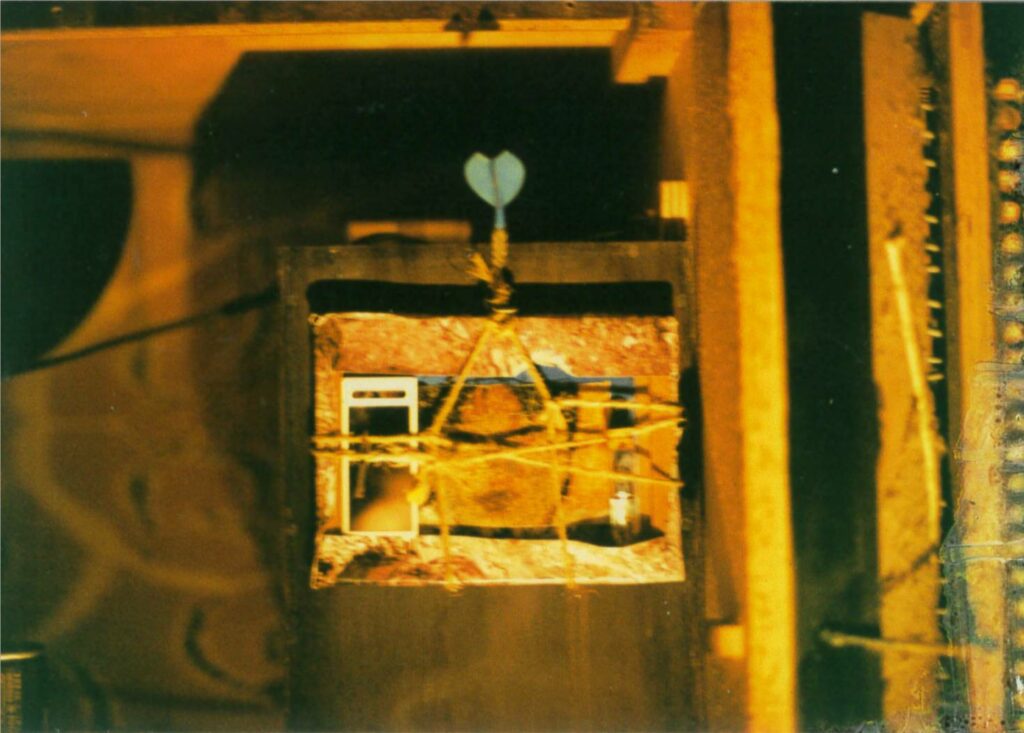
* Your 20s:
2-month trip to Bali.
There, during a trip in Magic Mushroom, I have a debate with a person who calls himself the ‘King of Flies’. He was a six-legged monitor lizard with three eyes, dressed in thin robes, wearing a crown, and sitting on a respectable throne. He dismissed my hallucination, the giant shrimp, as “like a small flaw in a mirror, and only a problem in your personal world.”
Since then, the shrimp have not appeared. We had various other questions and answers, but there were many things that I could not say to people.
From here, the king of flies is often depicted as a motif in my work.
From around 1992 to 1995, I often visited Tono City, Iwate Prefecture to collect folk songs.
In 1996, I moved to Ashio Town, Tochigi Prefecture to care for my grandfather.
Around this time, I began to incorporate performance into the process of painting.
I think everyone does, but in your late teens and twenties in general, you have accumulated a lot of experiences and thoughts, and it’s hard to tell them all. Impossible.
After much deliberation, I came to the hypothesis that all living things have a role and exist as “the tactile organs of the universe and the skin of the universe.”
This would later become one of the main axes of my creation.
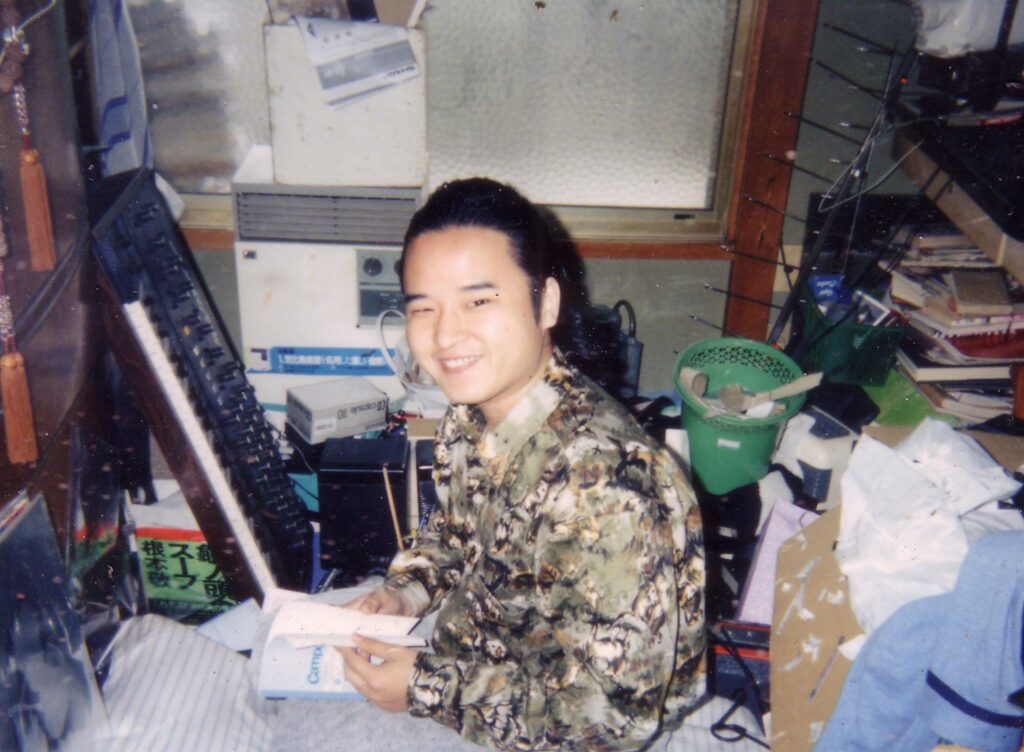
* Your 30s:
My nursing life ended when my grandfather was hospitalized, and I moved to Tokyo at the age of 32.
In 2000, I exhibited my work in a group exhibition. My first solo exhibition included a public performance in 2001.
Around that time, I collaborated with Dutch avant-garde cartoonist and noise musician Marc Van Elburg and his friend Peter Zincken.
I begin independent releases of musical works.
I started my own band, Retolt Mandala. Mainly live performances at Otsuka Outlounge.
Intense auditory hallucinations.
After the delusion of pursuit also develop, schizophrenia gets.
My solo projects since the 80’s: Embudagonn 108, Seishinhoikuki≓Nov Embudagonn108Hypnodelia and ThERRORPYec So_wOUND SYSTEM WARCHESTRA.
Organize the sound sources.
A new project, Cretinnvill, was also launched.
Communicate with Otto Muel by email and letter.
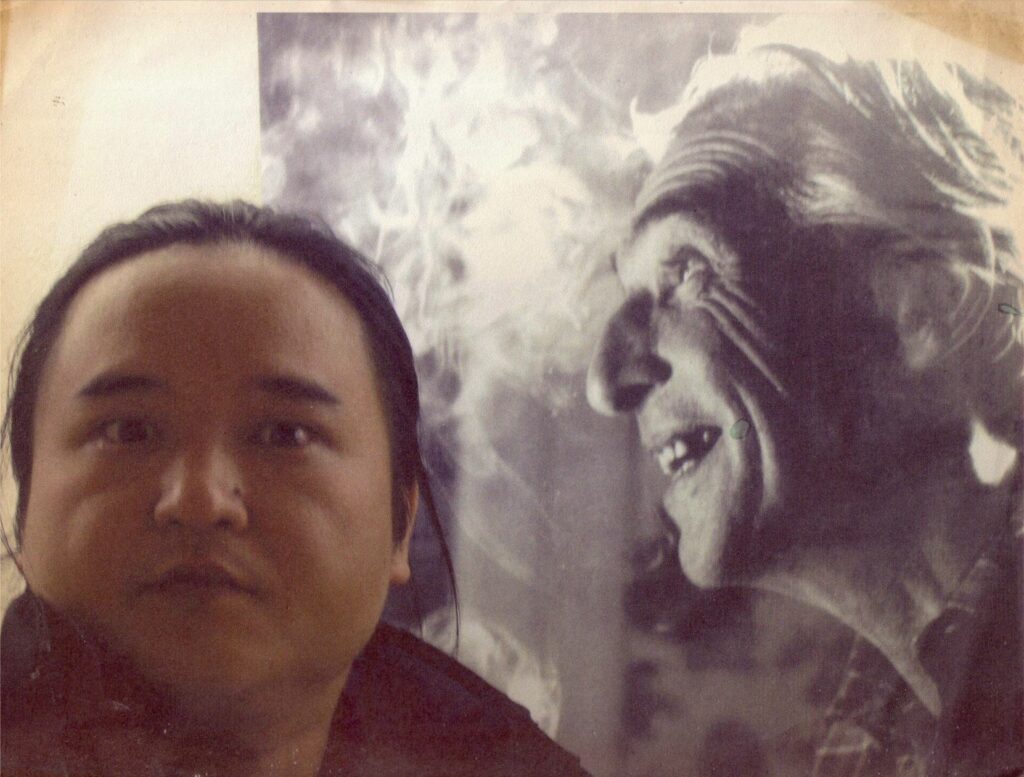
* Your 40s:
My work was discovered by Pakito Bolino of Le Dernier Cri in France via the Internet, and I have since participated in several zines and exhibitions.
Stephane Blanquet has published two collections of my solo drawings from his self-publishing label United Dead Artists. Since then, I have participated in Le Dernier Cri, United Dead Artists, and many other overseas Zines.
Started collaborating with Kommissar Hjuler in Germany, and released cassettes, vinyls and CDs for several national and international labels.
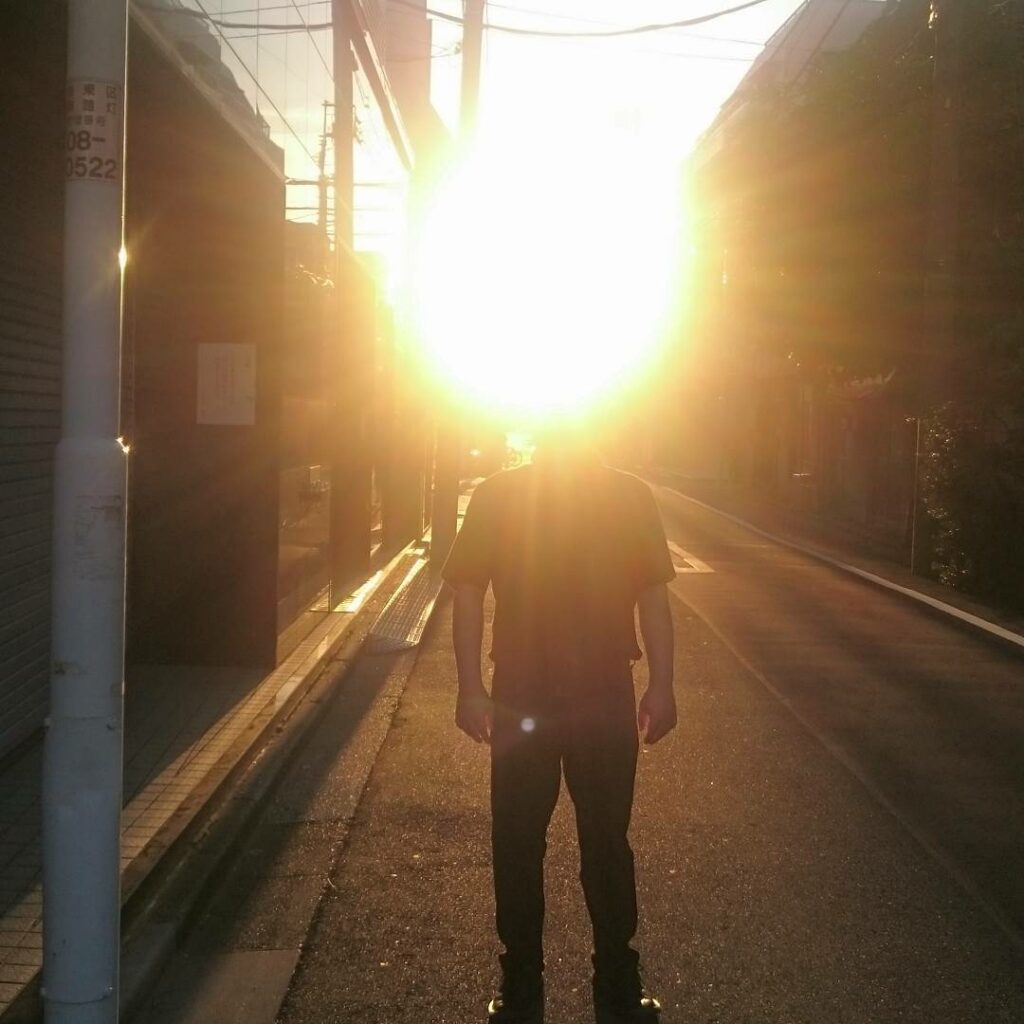
* Your 50s so far:
Almost every year, I’m exhibited as a group in the French-speaking countries of Europe.
Launch of a new project, Amenonuvoco.
In addition to sound, I have released a variety of experimental on my own label, Kodanuki Press. More than a very small number of productions.
With treatment by medicine and self-style meditation, the number of auditory hallucinations and delusions is dramatically reduced.
A priori “virtue” is one that continues to be hurt by what I call “physicality of god” by “moral and various individual environmental factors.” Continuing to be hurt is one aspect of the essence of life. If we become aware of this, we will continue to regain the “virtues” lost due to the personal morals acquired empirically, and we will come to think that “accumulating virtues” is also the essence of life.
This idea became the inspiration for a new work style after the “disaster of COVID-19”, and is currently preparing to realize the production.
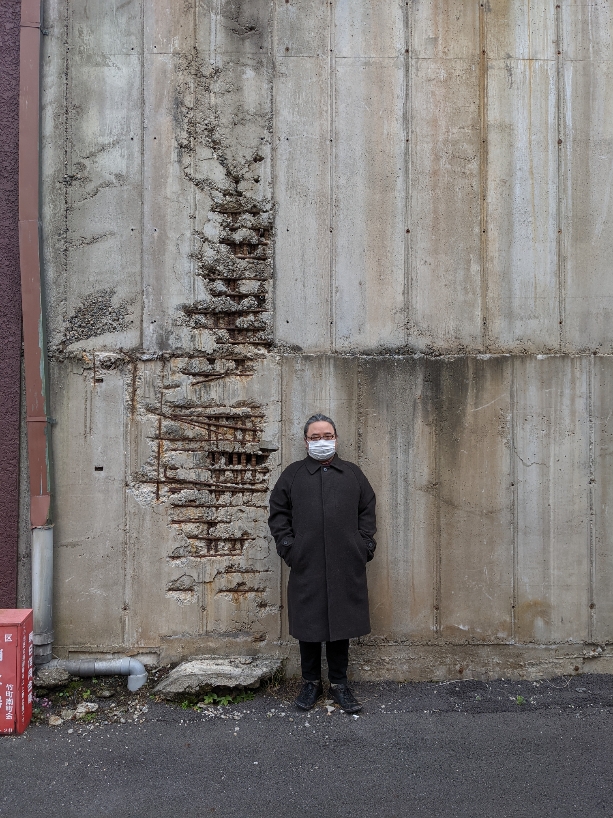
Personal motto(s)?
Communicate with the devil and be Being together with the Buddha.
What role did toys play in your childhood?
Enhancement of fantasies.
In particular, I think that independent puppetry that used puppets, mini cars, and clay together fostered the possibility of ambivalent compatibility between sadism and masochism.
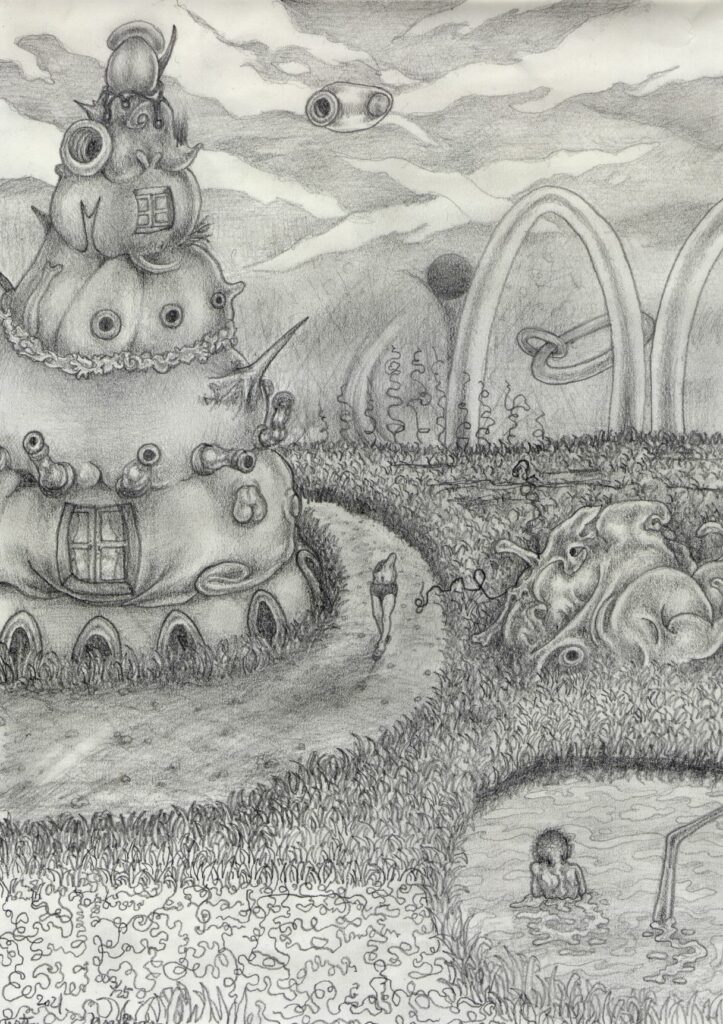
Art, Music + Creativity Questions
When and why did you first become interested in art, music and everything creative?
… and any pivotal creative moments / influences?
My father worked in architectural design. On my father’s bookshelf, there were drawings and architecture books, especially those related to Antonio Gaudí and Frank Lloyd Wright, as well as foreign art books (such as psychedelic art books and Frank Frazetta art books), which I always saw.
My mother made a lot of little youkai sewing toys for me.
In such an environment, I naturally began to make things.
The first of these is the bottle stuffing of small animal carcasses that I mentioned earlier. I drew a lot of pictures, but they were all bad and I didn’t get any better at it. 、
The youkai drawn by Shigeru Mizuki fascinated and influenced me greatly as a young child.
What are your top 5 favourite sounds?
(By sound we mean such everyday things as a train, a fart, a toilet flushing etc.)
… and what is it about them that you love?
In no particular order: The chirping of birds, the sound of insects, the sound of water…
I basically like these “living sounds”, but at the same time, I also like noises that work directly on nerves, such as the tuning sound of radio of old analog radio waves and the sound of factory work.
When these are mixed well, they stimulate the nerves of the listener.
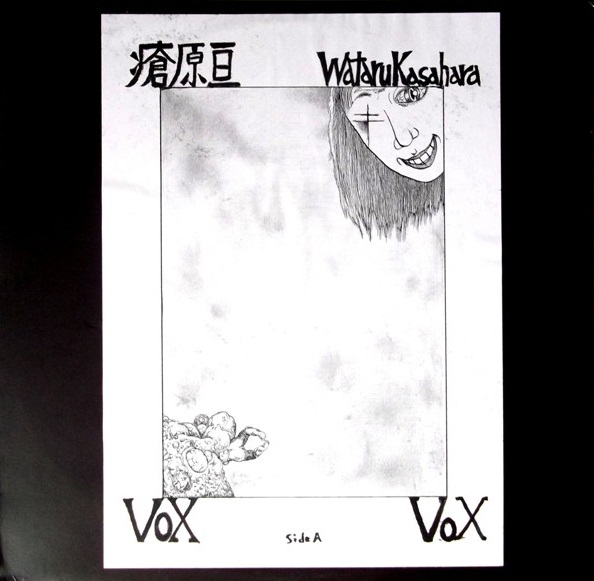
(LP format – Limited to 99.)
If you had to explain your creative endeavours to some recently crash-landed aliens…
What would you tell them?
Everything is nothingness, just an empty vessel to throw in “meaning” to reassure oneself.
The aliens probably know more about this than I do.
What is the usual process involved for creating your art?
I like to create works that clash tactile and physiological fantasies with reality.
First, draw a drawing, and then draw a preliminary drawing based on it with paint on canvas or board. It is not the same as the original picture.
I’m going to slip a lot of uncertainty into the work at this point.
I used knives, brushes, fingers, palms, sponges, and other rubbish to set up my paintings in a damaging manner, and when it was dry, I would put it in the performance works are thrown in, beat up with the audience, or leave them outside. It makes the work “accidental.”
I draw new images based on traces of violence applied to the paintings.
Through the repetition of this “accident and treatment”, the original meaning of the work changes and hurts.
This excessive duplication of meanings leads to the formation of “empty vessels”, meaningless “ruins of fertile meaning”. It’s like “Frankenstein’s monster” before it was brought to life.
However, in the past few years, I have not been doing much experimental production, and I have been painting and drawing in oil paintings using very ordinary methods.
As I mentioned earlier, the reason why I don’t go through a complicated process is that after the “COVID-19 disaster” I felt the need to create a new style of painting.
You have to plan your preparation first.
This style is established through more complex production pathways than ever before. I don’t even know when I’ll be able to announce it.
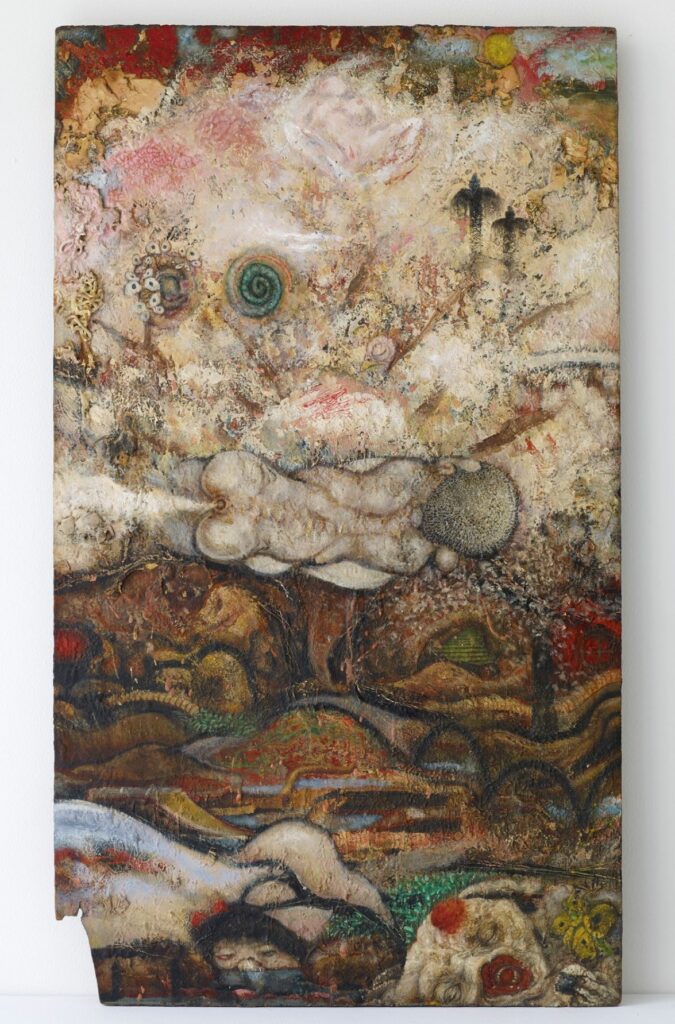
… and what about your music?
My music comes from tactile and physiological images. It’s often a scum-textured, mixed sound of noise and musical sound. Some of the melodies, strange words, and fragments of songs are often based on what I heard in my dreams.
In music, too, I think I’m creating a clash scar between fantasy (a musical idea composed and conceived) and reality (lack of playing technique, affirmation of failure, introduction of junk and deformation through collage, etc.)
I hope it will be like an actual “accident”.
Written in this way, it seems that my music follows almost the same process as painting production.
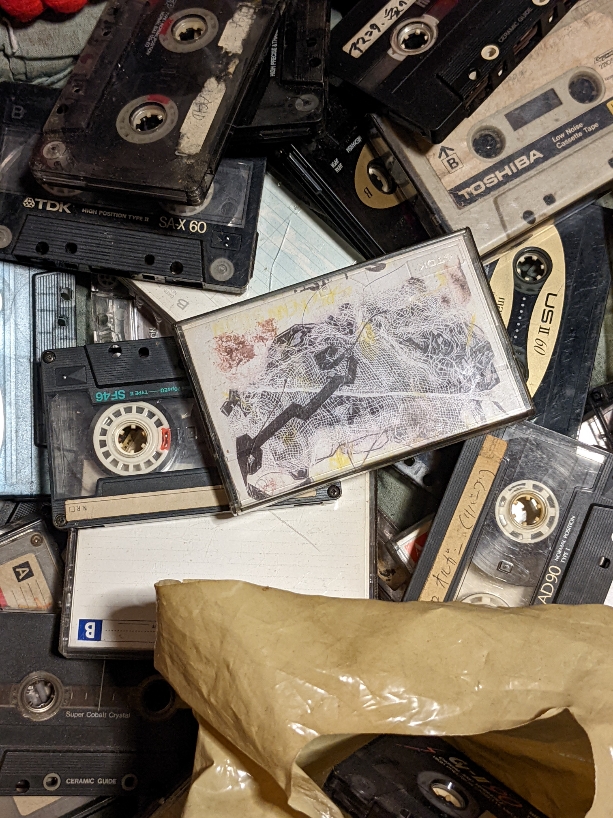
Who are some of your favourite artists, writers and musicians?
…and what is it about their works that so inspire and move you?
Artists: There are so many artists that I like…
Bruegel’s clan, Hokusai Katsushika, Shyouhaku Soga, Ryuusei Kishida, Vincent van Gogh, Marcel Duchamp, Francis Bacon, Joseph Beuys, Dieter Roth, Otto Muehl, Dominik Steiger, Gottfried Helnwein, Bruno Richard, Bazooka, Olivier de Sagazan.
If I had to choose between the two in particular, it would be Bacon and Muehl.
I am an old type of artist and I am most attracted to pictorial expression.
I am particularly drawn to the smell of meat and the reality of violence that overflows from their work.
There is the ultimate coexistence of pain and pleasure.
As for the Muehl, I especially like the abstract and material works of the early days.
Writers: Akiyuki Nosaka, Kobo Abe, Hyakken Uchida, Ryuunosuke Akutagawa, Shichiro Fukasawa, Shiro Kunieda,Kou Machida, Roland Topor, William S Burroughs.
At any time, good literature is an adventure.
Musicians: Selten Gehorte Music, Anima, Wild Man Fischer, Caroliner, Suckdog, Costes, Psycodrama, NWW, Whitehouse, Bladder Flask, Etant Donnes, Jac Berrocal, DDAA, Jean Dubuffet, M.B, Sarenco, Ennio Morricone, John Cage, Harry Parch, Ana-Maria Avram, Iancu Dumitrescu, Larry Wendt, Godz, Smegma, Intersystems, American Cherry, Kan Mikami, Jun Konagaya, The Gerogerigegege, Hovlakin, Toru Takemitsu, Toshi Ichiyanagi, Takeo Yamashita.
They are don’t hesitate about anything. And it’s thrilling, as if you’re walking a tightrope between abstraction and concreteness.
If people wanted to check out your art, listen to your music, work with you or buy some of your wares – Where should they visit and how should they get in touch?
First, send a DM via FaceBook or Instagram‘s messenger function.
(Photos of Wataru performing in 2001)
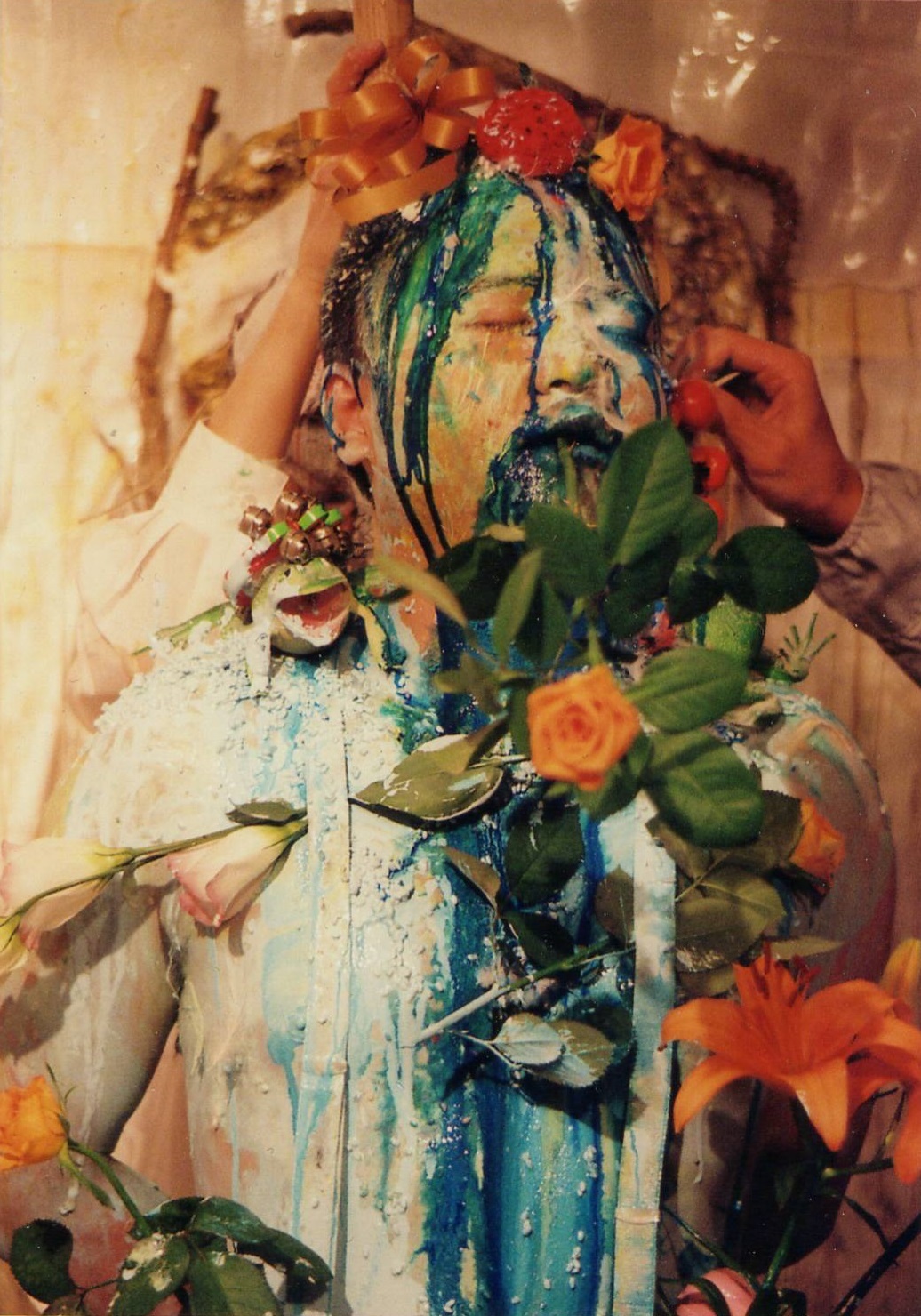
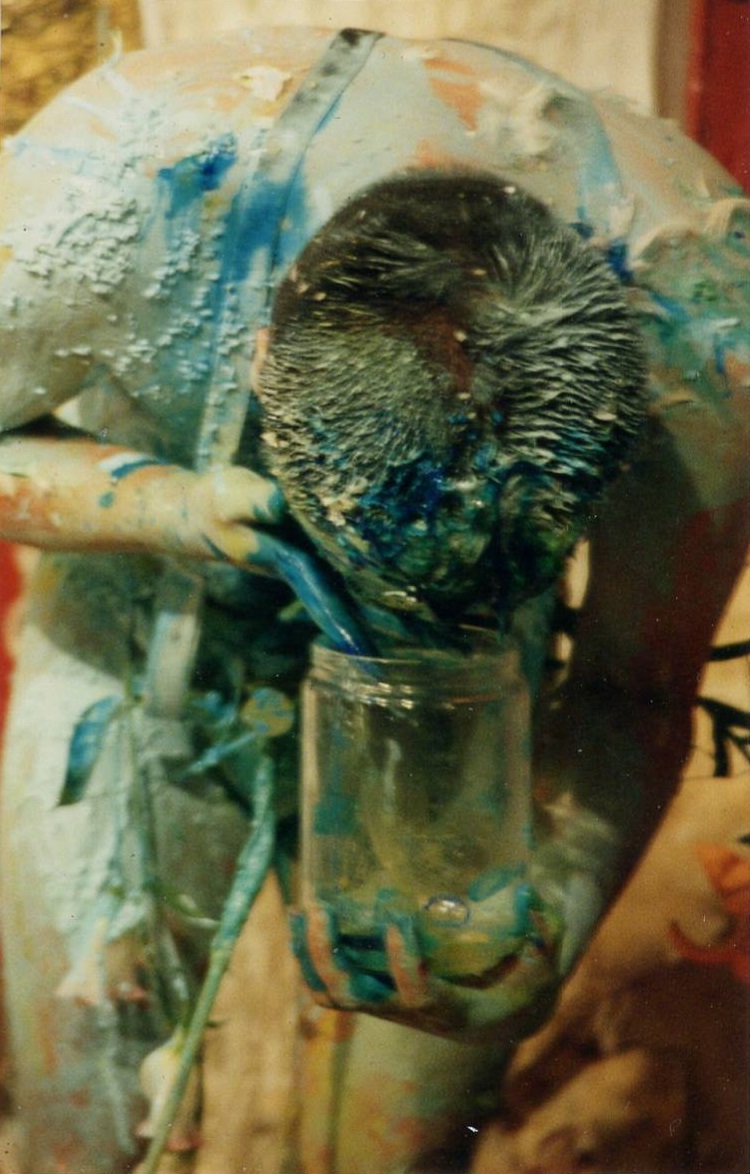
Odds and Ends
If you could live in any place, during any historical era – Where and when would that be?
…and why would you choose that time and place?
Athens in Greece at a time when there were philosophers who studied with Socrates.
I particularly attracted to Cynicism people.
Does sex change everything?
I believe that sexual delusions are inexhaustible.
I think that the most fundamental energy of living things circulates by searching for “physiological reality” in erotic delusions rooted in the body.
I believe that living things are “skin of universe” and tactile organs of universe. Especially in my case, as if I am responsible for “pain sensation” I feel it. I introduce a hedonistic element to shape the pain of the universe.
That’s the kind of vulgar sexual expression you can use in a toilet.
In my work, pain itself mixes homogeneously with the sexual.
What are the top 3 items you own?
… and what is it about each of them that you so love?
Art book from Otto Muehl (with autographed drawing.)
As a memory of my interactions with Otto.
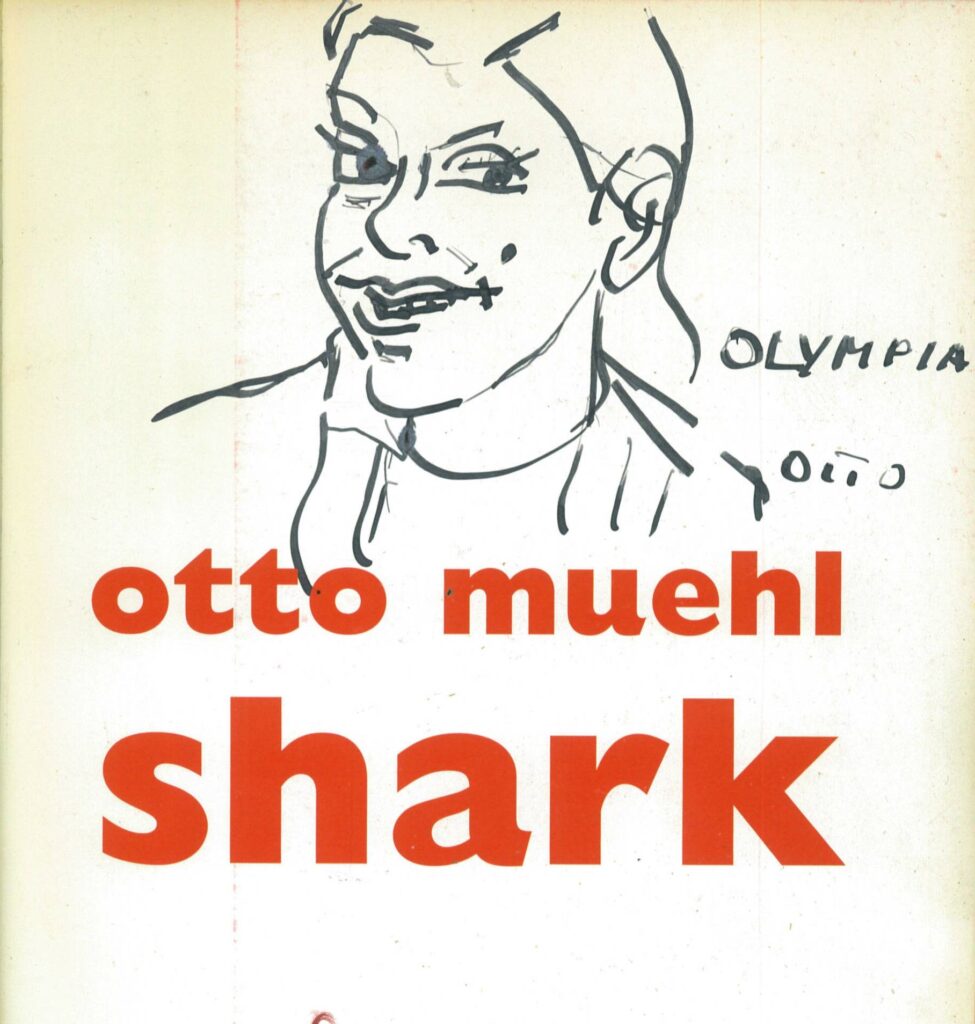
Dead bird carcasses and animal bones are kept as materials for my work.
Those make me creative.
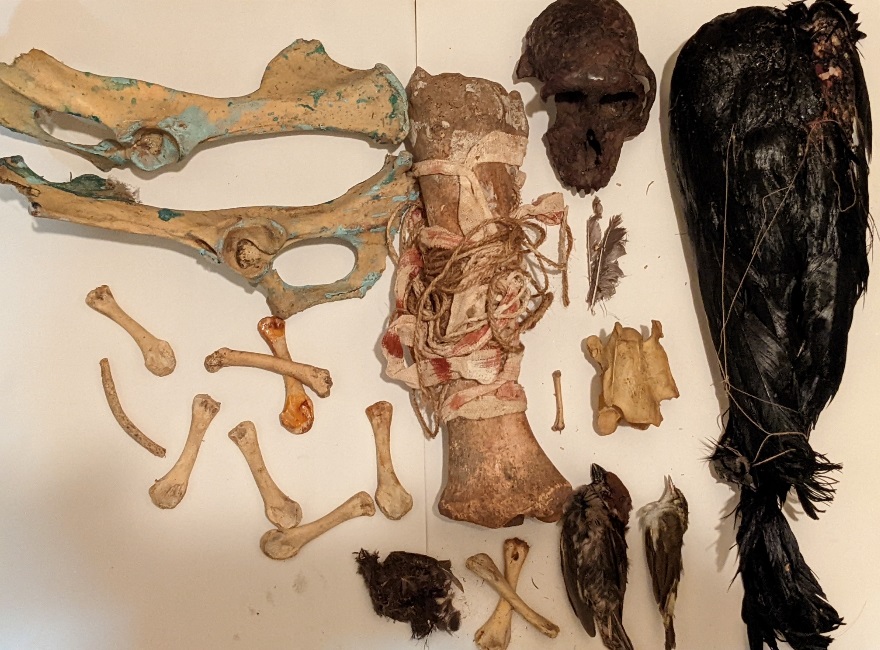
A self-made cassette tape sound source that was made and stored from 1983 to the 1990s.
This makes for interesting material.
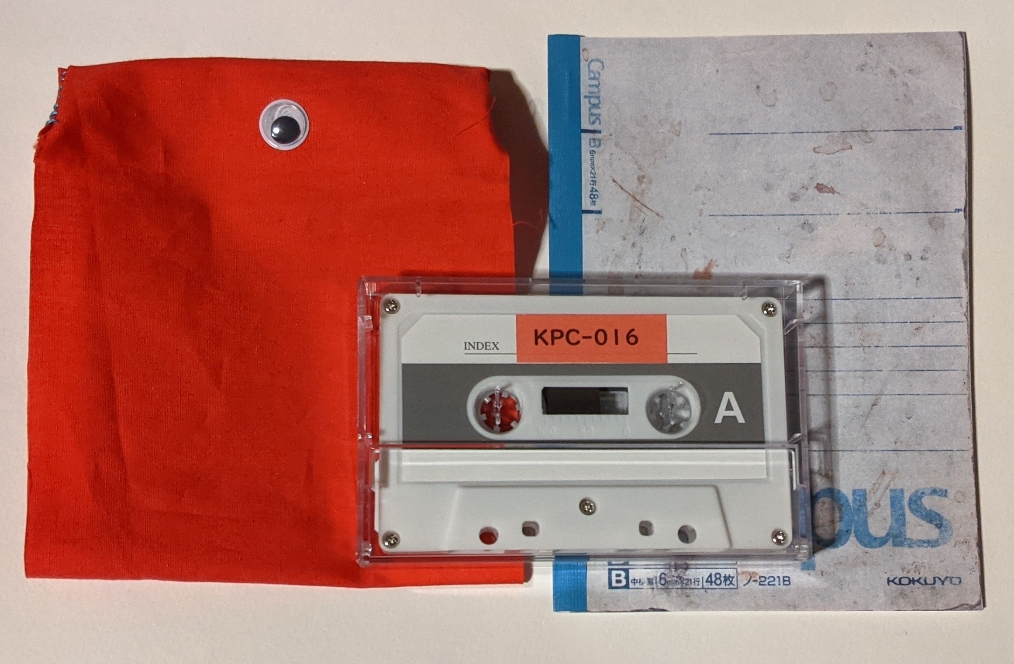
In a fight between the following: Dr. Shinigami (死神博士, Shinigami Hakase, “Dr. Death” from Kamen Rider) Vs. Wild Man Fischer (American musician) – Who would win?
…and why would they be victorious?
Street singer Larry Fischer, also known as Wiled Man, is known for his unpredictable behaviour and original singing. Dr. Death, who was visiting Shocker America’s branch, was intrigued by him.
He looked like a very destructive person.
Dr. Death makes a plan to kidnap him, thinking, “Wouldn’t it be pretty powerful if I made him a modified human?”
Dr. Death uses Zombie Powder obtained from Haiti to put Larry into a state of asphyxiation while singing, and brings him go to Japan in a submersible.
Due to Dr. Death’s curiosity, Larry has been transformed into a Zombie and an unnamed phantom.
He got used to the mods relatively quickly, but he said, “I’m the next Kamen Rider,”
Obsessed with megalomania, he causes a great deal of antipathy within Shocker.
But just as Dr. Death had expected, Larry defeated Kamen Rider fairly easily with his suspicious attitude and unpredictable violence.
But, “I’m the rider from now on, Shocker’s shit!” You hate me!!”
Without any hesitation, he rides the motorcycle of the rider he killed and confronts Shocker.
Dr. Death, who had lose one’s temper, regretted that he had created such a terrible monster out of his own curiosity, and he disguised himself as Ika-devil.
He reveals and begins a never-ending struggle with Larry. It’s an unprecedentedly crazy struggle with a mixture of blood, feces and hilarious songs.
Soon, centered on this struggle, the “vibration” spread to the universe, thereby promoting the growth of the universe itself, and all kinds of The buzz of the birth of life spreads in places.
Without the energy of this struggle there would be no longer a balance in the universe, and eventually the struggle between the two would become a myth and continue forever.
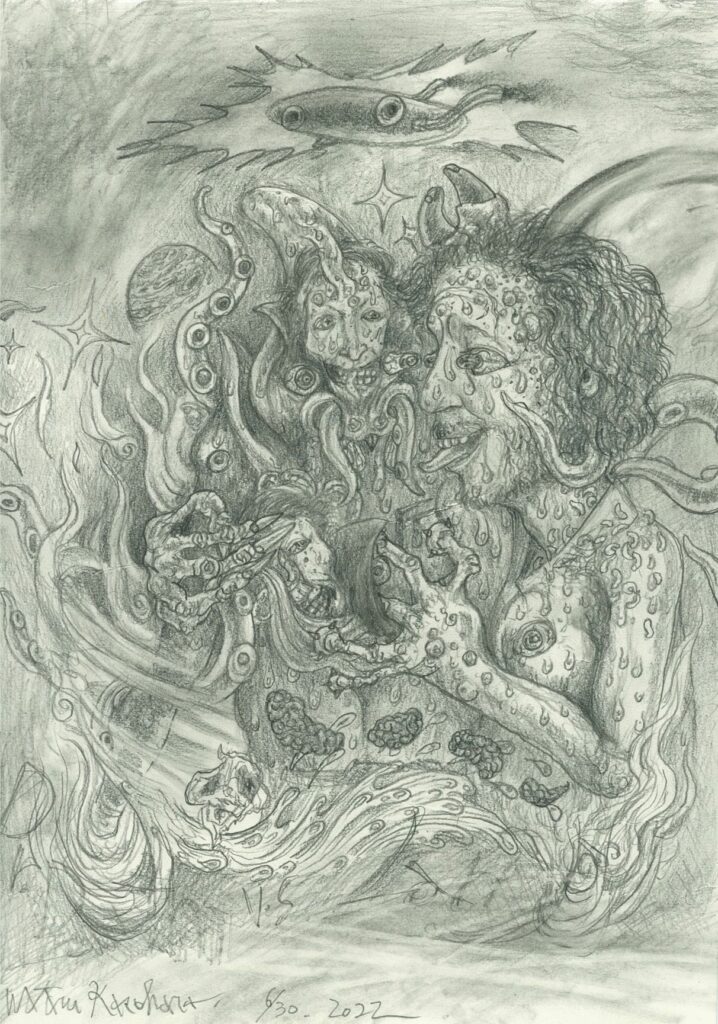
Please describe your last dream in detail…
To be creative and be an empty vessel.
Of everything you have done, what would you most like to be remembered for?
Nothing.
I want the work to remain, but I want them to forget what I did.
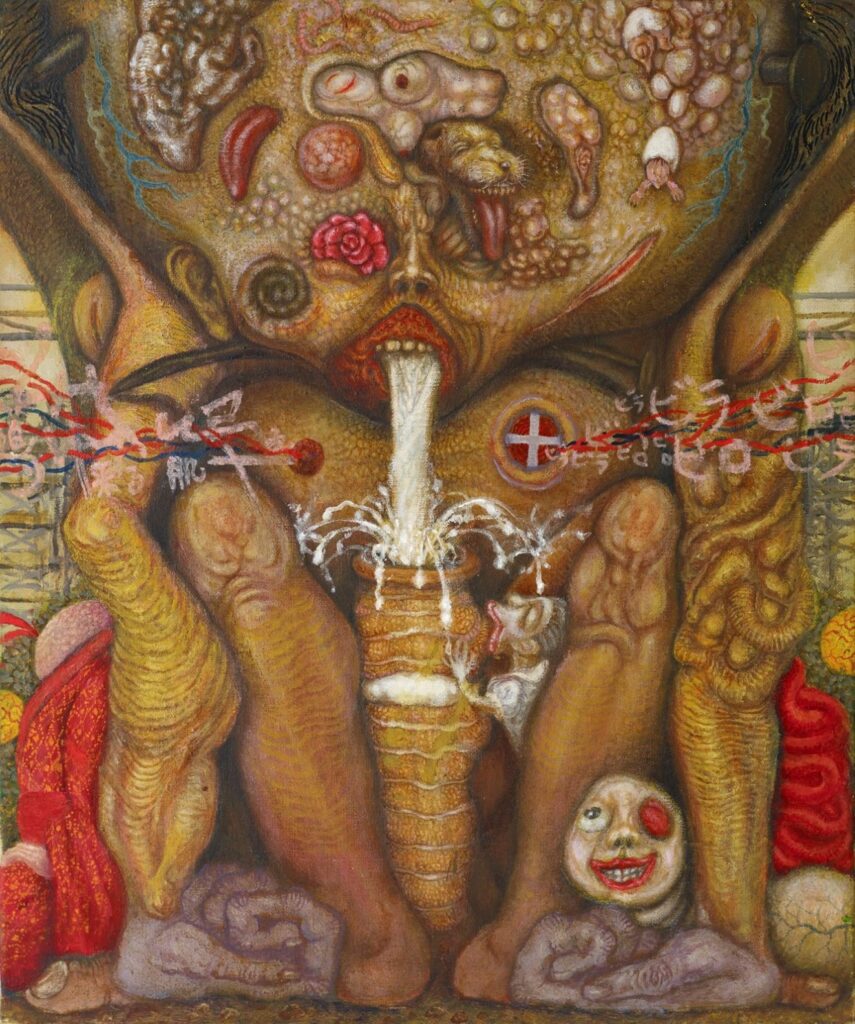
Links
- Wataru Kasahara – Instagram
- Wataru Kasahara – Facebook
- Wataru Kasahara – YouTube
- Nobu Kasahara – Discogs Entry
- Kodanuki Press – Discogs Entry
- Retolt Mandala – Discogs Entry
- Embudagonn 108 – Discogs Entry
- Cretinnvill – Discogs Entry
- Amenonuvoco – Discogs Entry
